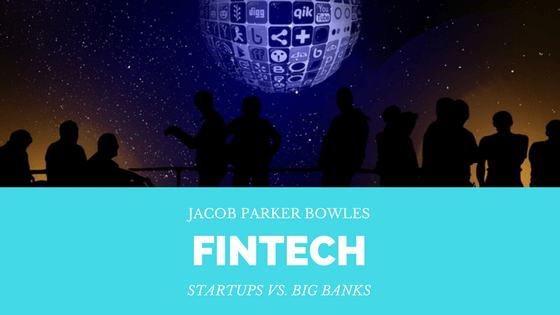Fintech is, as its name alludes, a field that combines both finance and technology. The companies that fall under the fintech category often specialize in account management, lending, financing, financial assets and capital markets. However, fintech’s main point of attraction for businesses large and small is its dedication to meeting customers’ needs.
Unsurprisingly, the fintech industry is booming, with at least a dozen new companies reaching unprecedented success shortly after their inception.
With that in mind, let us take a closer look at the top fintech companies around the globe:
Founded in 2006, this Netherlands-based company provides its clients with the ability to accept payments from around the globe with a single platform. Since it expanded its software to accept payments from online and mobile orders, Adyen has seen an influx of high-profile clients — namely, Facebook, Netflix, Uber, L’Oreal, Burberry, and Microsoft. Because of this spike in popularity, the company nearly doubled its revenue to $700 million in 2016.
Headquartered in Stockholm, Sweden, Klarna is focused on improving the online shopping experience via an optimized checkout system. Since the company got its beginning in 2005, it has served over 45 million end customers and added big names such as Disney, Spotify, and Samsung to its list of clients. At the end of 2016, Klarna was valued at over $42 billion.
Founded in 2012, Avant is an online lending platform that is dedicated to lowering the barriers consumers face in borrowing money. Although this United-States-based company does not necessarily have any high-profile clients, it has reached over 500,000 customers and accrued a loan portfolio that is worth over $3.5 billion — an impressive feat for such a young company.
Founded in 2013, this innovative company has taken the customer service aspects of fintech and applied them to the health insurance industry. Oscar’s goal is to encourage uninsured Americans to purchase policies by quickening the application and approval process, and providing access to full-coverage plans that boast affordable premiums. In addition to its admirable mission statement, Oscar also boasts a prominent list of investors that includes Google Capital, Fidelity, and Khosla Ventures.
Launched in 2011 by four Stanford business students, this San Francisco-based fintech startup promises to be “a new kind of finance company.” Clearly, SoFi’s unconventional approach to lending and wealth management has been successful, as the company now boasts over $19 billion in funded loans and over 300,000 members across the country.





